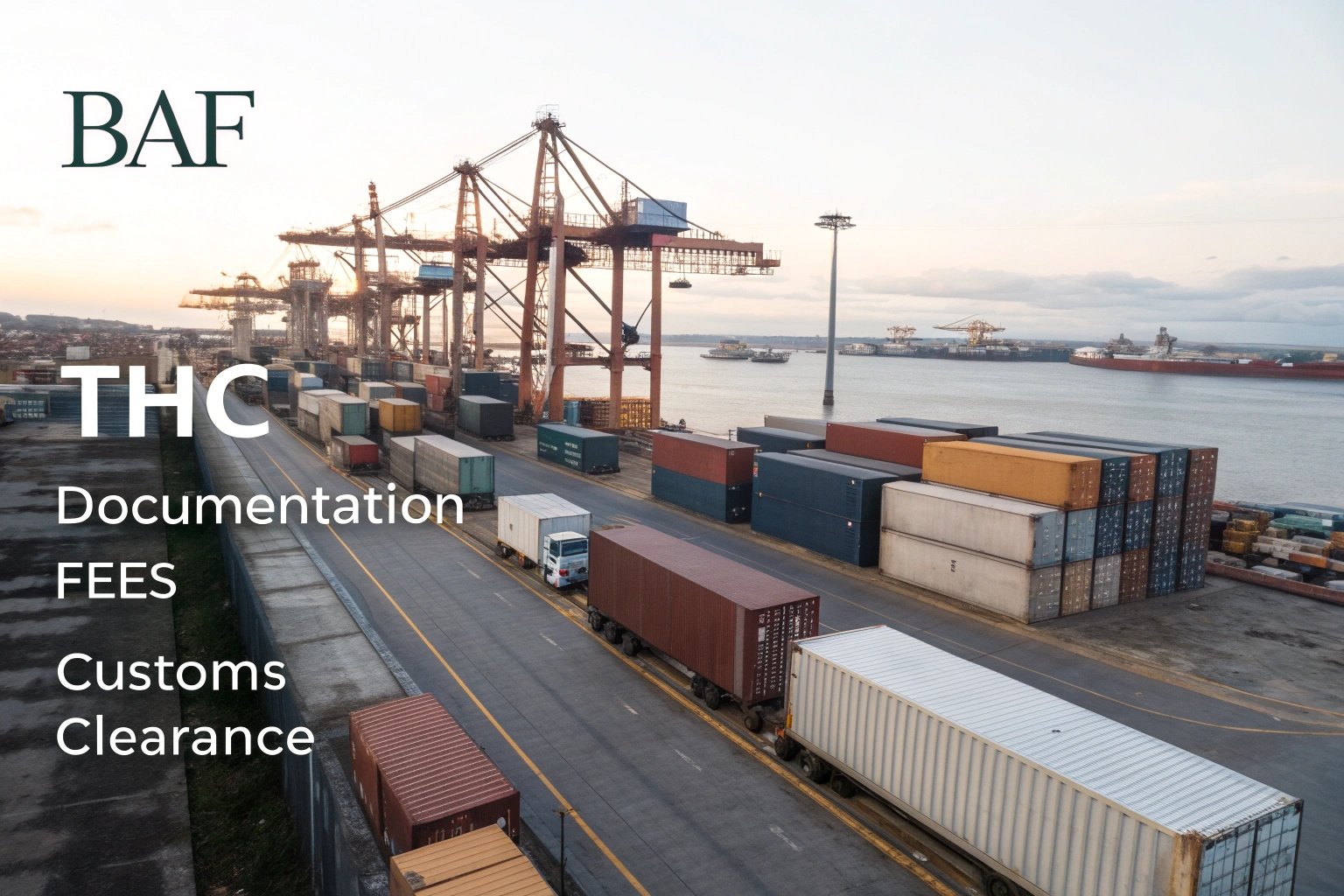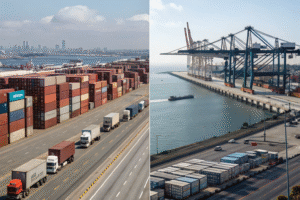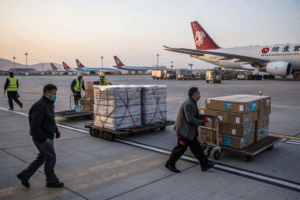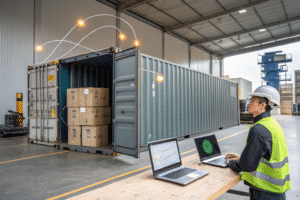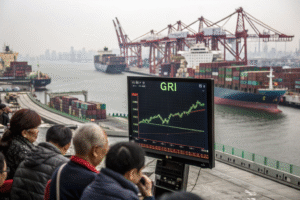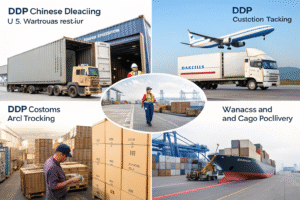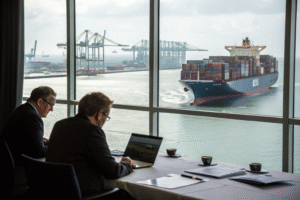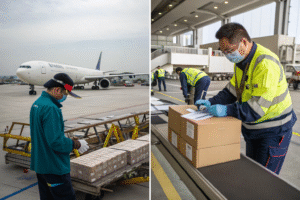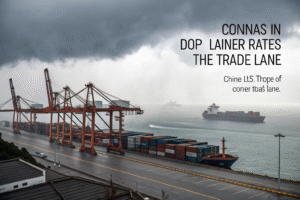Feeling confused by fluctuating sea freight prices and unexpected charges?
Ocean freight pricing depends on base rates, container size, seasonal demand, and extra service fees. Understanding how each factor contributes helps you better manage costs and avoid surprise expenses.
I’ve worked with countless importers shipping from China to the U.S., and I’ve seen how pricing confusion can derail plans. Let’s break it down together—so you can ship smarter.
What determines the base rate for sea freight?
Sea freight base rates aren’t random—they’re set by carrier alliances and driven by multiple global factors.
The base rate reflects the cost of moving a container between two ports, influenced by fuel costs, shipping route demand, geopolitical conditions, and space availability.
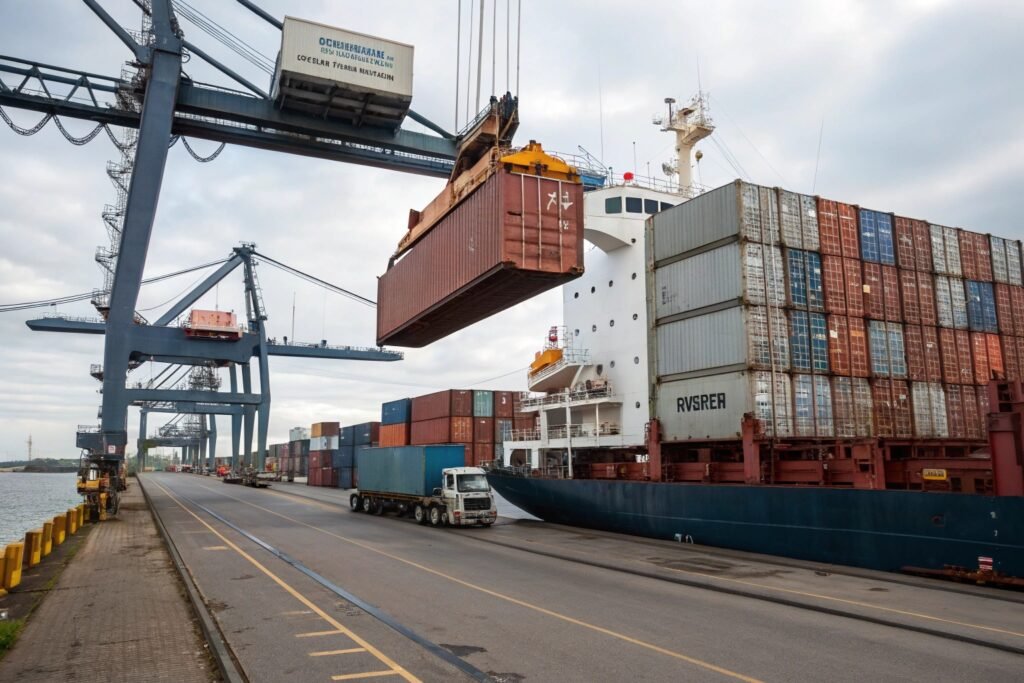
Why do base rates change so often?
Carriers adjust base rates based on market demand and operating costs. Here's what typically affects it:
| Factor | Impact on Base Rate |
|---|---|
| Global oil prices | Higher fuel = higher rates |
| Port congestion | More delays = costlier slots |
| Peak season | Demand spikes = price surge |
| Empty container shortage | Carriers raise rates |
In 2021, when global demand soared but containers were stuck at congested ports, I saw base rates from Shanghai to LA jump from $1,800 to over $12,000. Many clients had to delay shipments or reduce volume.
Can forwarders like GeeseCargo offer better base rates?
Yes. We negotiate volume contracts with major carriers and often lock in lower rates for clients who ship regularly. Even during volatile periods, we keep your shipping costs under control.
How do container size and type affect cost?
Not all containers cost the same—even on the same route.
Larger containers like 40HQs cost more than 20GPs, and special containers like reefers or open tops are priced higher due to handling complexity and limited availability.
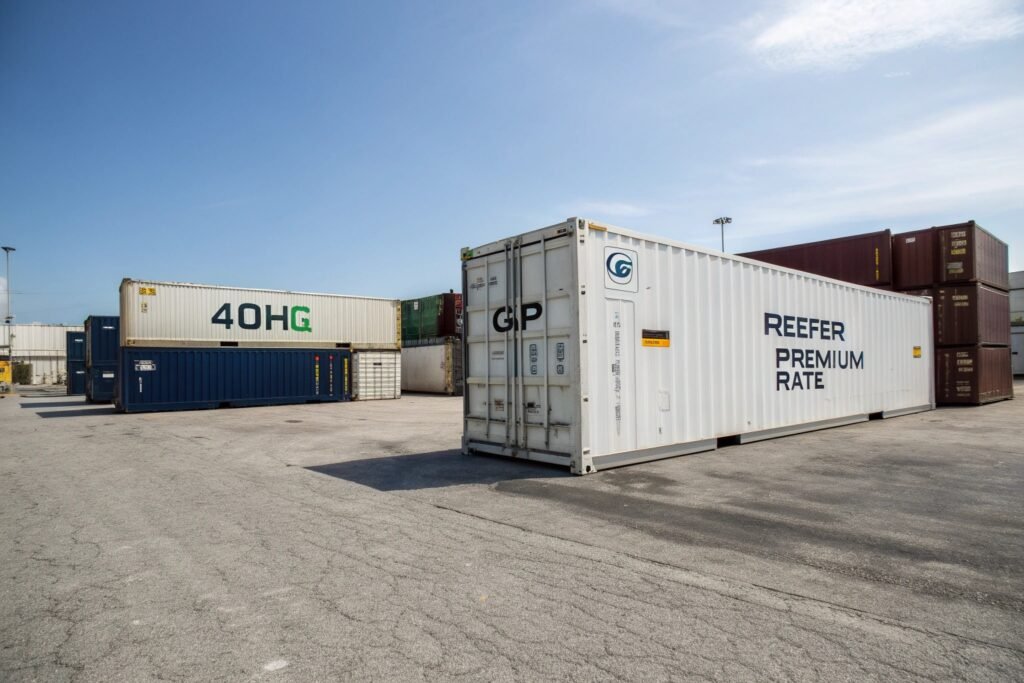
What are the common container types?
| Container Type | Size (feet) | Use Case | Typical Rate Range* |
|---|---|---|---|
| 20GP | 20' | General small shipments | $1,000 – $3,500 |
| 40GP | 40' | General large shipments | $1,800 – $6,000 |
| 40HQ | 40' High | High-volume, stackable | $2,000 – $6,500 |
| Reefer | 20'/40' | Perishables | $3,500 – $8,000+ |
| Open Top | 20'/40' | Oversized cargo | $4,000 – $10,000+ |
*Rate range varies depending on route, season, and availability.
How do I choose the right container?
I always advise based on cargo volume, product type, and urgency. For instance, one client needed to ship garments that filled 70% of a 40HQ. By repacking smartly, we fit it into a 20GP—cutting costs by 40%.
Are there seasonal fluctuations in ocean rates?
Ocean freight is highly seasonal—especially from Asia to the U.S.
Rates usually spike before major holidays, during global sales seasons, and around factory closures due to increased cargo volume and port congestion.
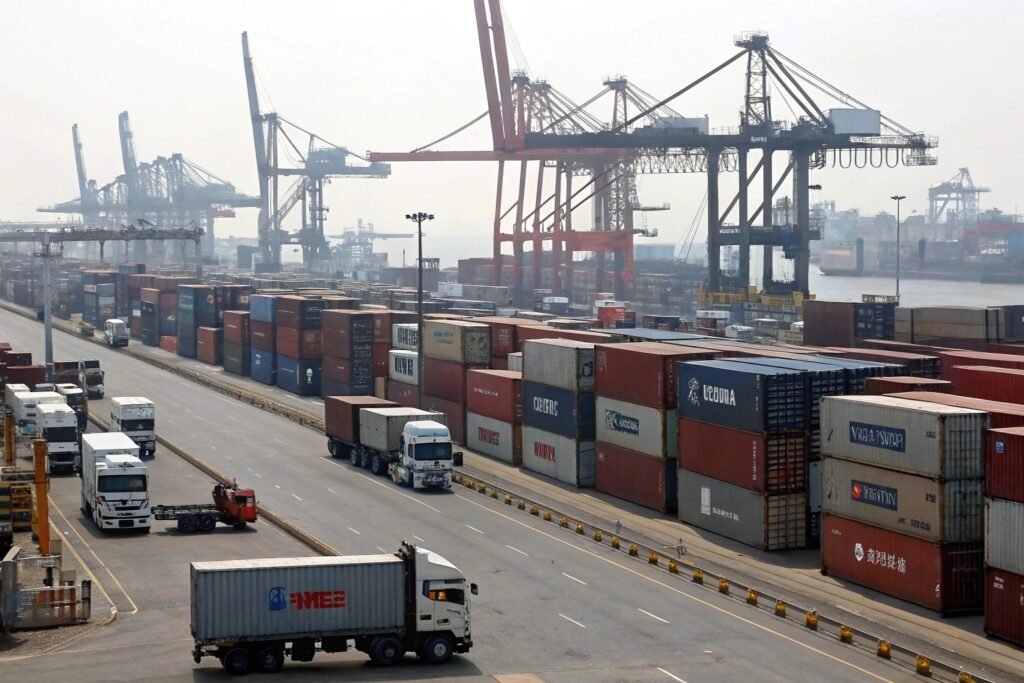
What are the peak seasons to watch?
| Period | Reason | Rate Impact |
|---|---|---|
| Jan–Feb (pre-CNY) | Chinese New Year rush | High |
| May–July | Back-to-school goods | Medium-High |
| Aug–Oct | Christmas inventory shipping | Very High |
| Nov–Dec | Slower shipping, fewer vessels | Medium |
For example, pre-CNY, factories rush to ship out goods. Last year, a client’s shipment was delayed by a week, resulting in rates rising 30% overnight. Booking early is the key.
How can I reduce seasonal impact?
GeeseCargo offers forecast-based booking services. We’ll help you plan ahead and avoid the seasonal premium. For repeat clients, we also secure space allocations in advance.
What accessorial charges increase total shipping cost?
The base rate is just the beginning.
Accessorial charges—like documentation fees, terminal handling, port congestion surcharges, and customs filing—can significantly inflate your final bill if you're not prepared.
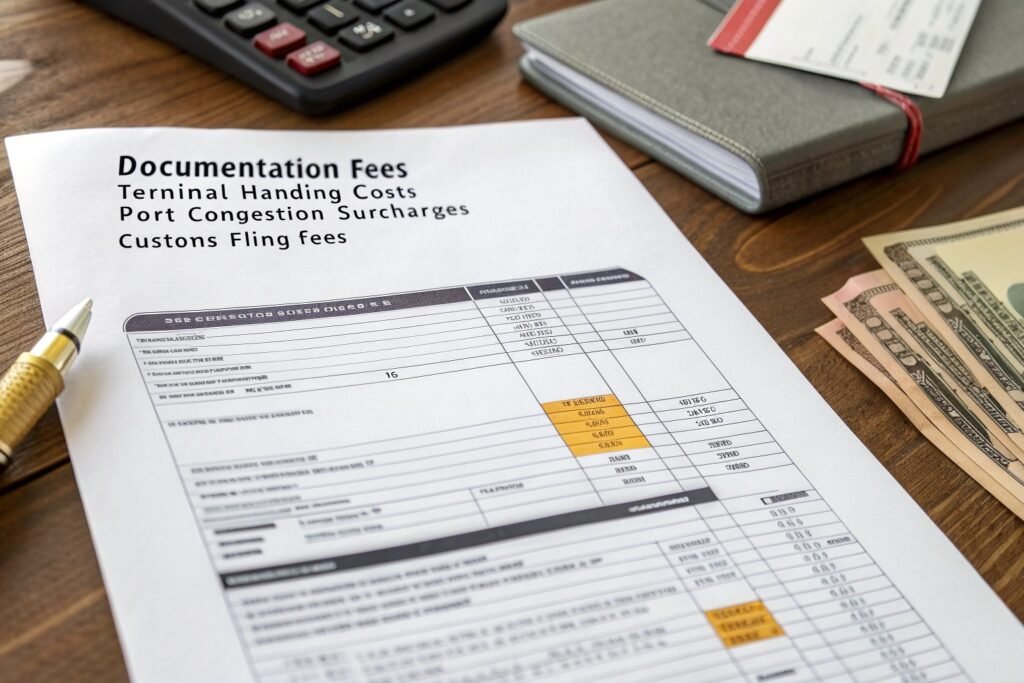
What are common accessorial fees?
| Charge Type | Description | Typical Range |
|---|---|---|
| Bunker Adjustment Factor (BAF) | Covers fuel price fluctuations | $100–$500/container |
| Terminal Handling Charges (THC) | Covers port services at origin/destination | $150–$350 |
| Documentation Fee | Export documentation preparation | $50–$100 |
| Port Congestion Fee | Temporary surcharge due to delays | $100–$300 |
| ISF Filing (U.S. only) | Required filing with U.S. Customs | $30–$50 |
| Demurrage/Detention | Extra days at port/yard | $75–$200/day |
How does GeeseCargo help minimize these?
We always provide an itemized quote, so clients aren’t caught off guard. I’ve had clients tell me that other forwarders added $800 in fees post-shipment. With us, what you see is what you pay.
Conclusion
Ocean freight pricing involves more than just a base rate. At GeeseCargo, we help you understand every cost driver—from container types to seasonal surges—so your supply chain stays efficient and your budget stays on track.
